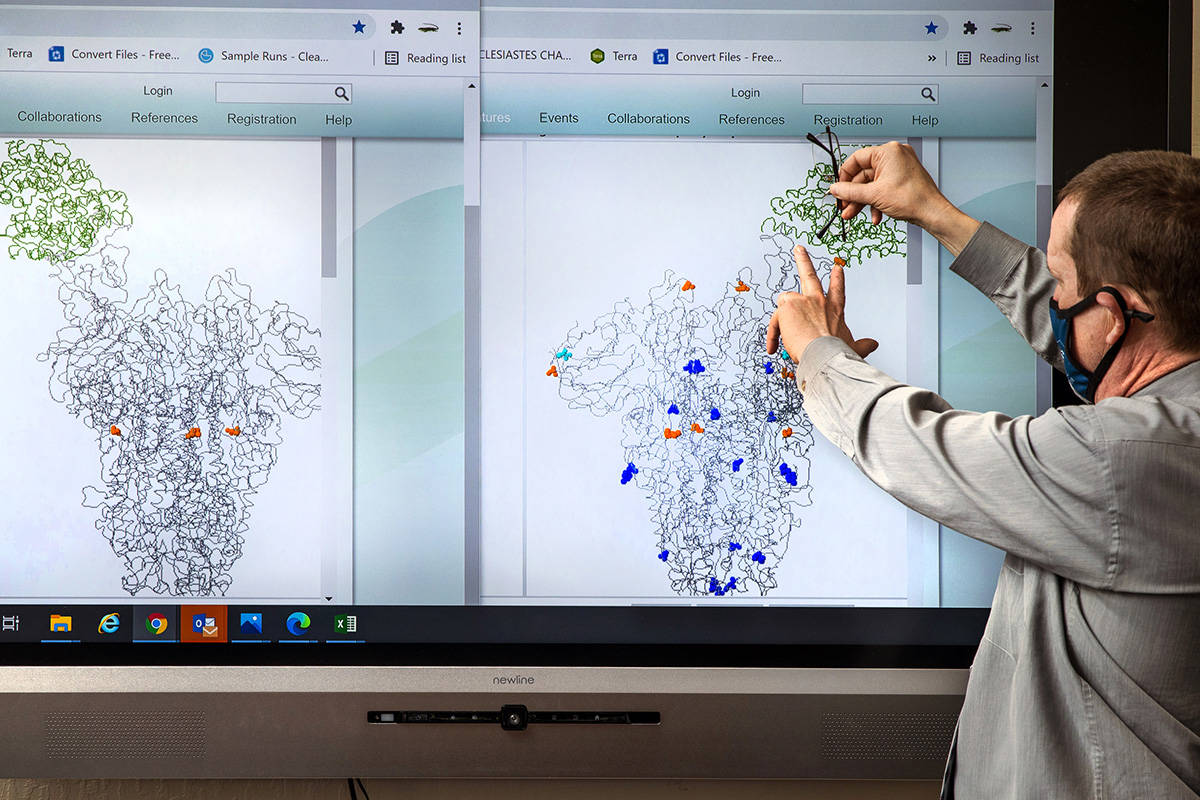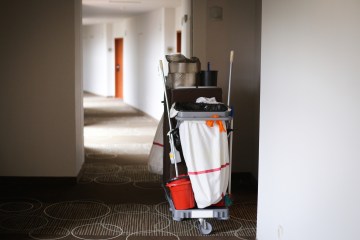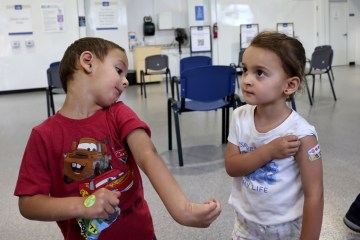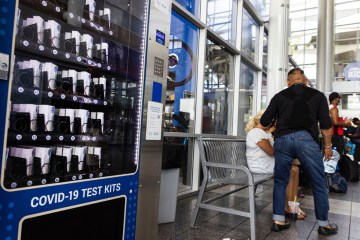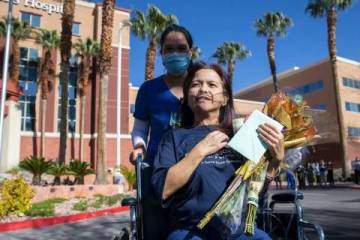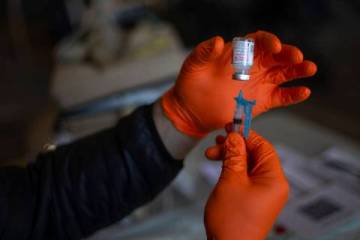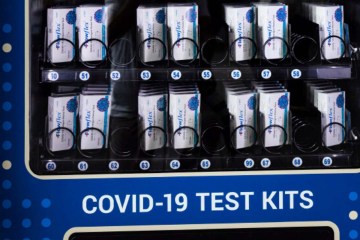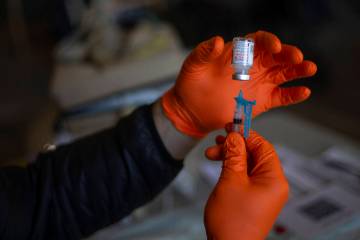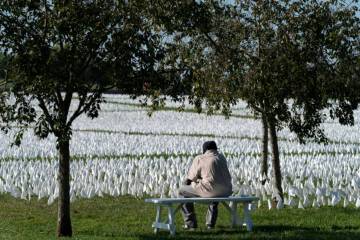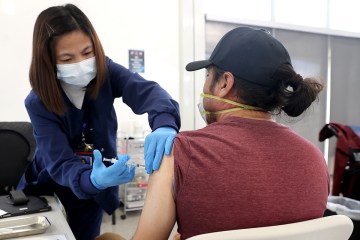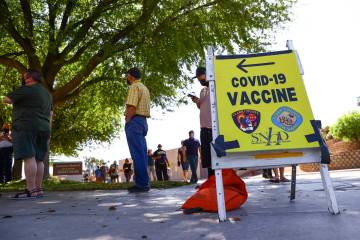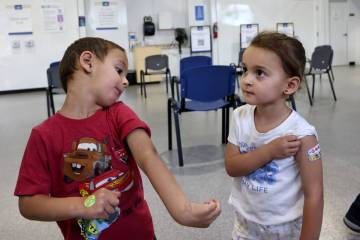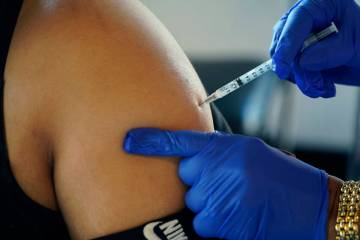7 cases of India’s ‘double mutant’ coronavirus identified in Nevada
At least seven cases have been detected in Nevada of a coronavirus strain thought to be contributing to the devastating surge of COVID-19 in India.
Six of the cases were in Washoe County and a seventh in Churchill County of the strain first spotted in India, said Mark Pandori, director of the Nevada State Public Laboratory at the University of Nevada, Reno School of Medicine.
Washoe County residents with cases of the variant “did not appear to have traveled,” said Heather Kerwin, epidemiology program manager for the Washoe County Health District.
The B.1.617 strain, or variant, is sometimes referred to as a “double mutant” because it possesses two key mutations as well as others considered less significant.
The mutations may make it better able to evade the body’s immune defenses produced through immunization or prior infection. However, early evidence indicates that vaccines still protect against it, though the level of protection might be somewhat lower, Pandori said.
“Any variant is a threat to Nevada. But I wouldn’t characterize this as a particularly large one,” he said.
The federal Centers for Disease Control and Prevention currently does not list B.1.617 on its website as a “variant of interest” or a “variant of concern.”
Variants of concern are those that the agency believes can spread more easily, evade antibodies produced by the body to fend off the virus, or resist current treatments for COVID-19. They include a variant first identified in South Africa, one in Brazil, one in the U.K. and a pair in California.
But based on a CDC recommendation, the U.S. announced Friday that starting Tuesday it will restrict travel from India because of the sharp increases in cases and deaths there.
Authorities have said that while the homegrown variant may be fueling the surge in cases in India, low vaccination rates and a particularly infectious variant out of the U.K. may also be contributing.
“CDC is closely monitoring the emergence of the B.1.617 variant in the United States and this variant has been prioritized for characterization by the U.S. government to better understand the potential impact on available medical countermeasures, including vaccines, therapeutics and diagnostics,” representative Jade Fulce said in an email.
The variant represents less than 1 percent of cases in the U.S., she said. The agency currently does not track the number of cases of a particular variant and could not identify states other than Nevada where the Indian variant had been detected. Media reports Friday said that cases had been found in Michigan and Northern California.
The cases of the variant in Nevada were detected through genetic analysis performed by the Reno lab on a small percentage of positive test results for COVID-19 from across the state. The first such case was identified in early March. Because of the small sample size — about 6.5 percent of Nevada’s cases — it is nearly certain that there are additional cases in the state.
Many of the mutations to SARS-CoV-2 will produce variants that are no more dangerous than the original strain out of Wuhan, China, that triggered the pandemic. More than 100 variants have circulated in Nevada since January 2020, though only about a dozen in significant numbers, Pandori said.
“As long as people continue to vaccinate in Nevada, the threat of any particular variant is reduced dramatically,” Pandori said in an email.
The variant has been identified in at least 17 countries, according to the World Health Organization.
Contact Mary Hynes at mhynes@reviewjournal.com. Follow @MaryHynes1 on Twitter.



